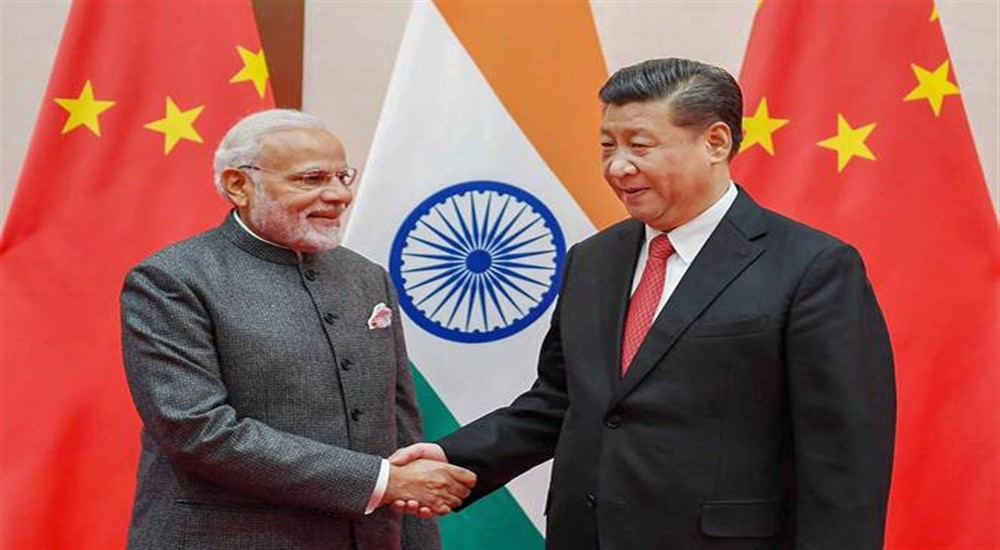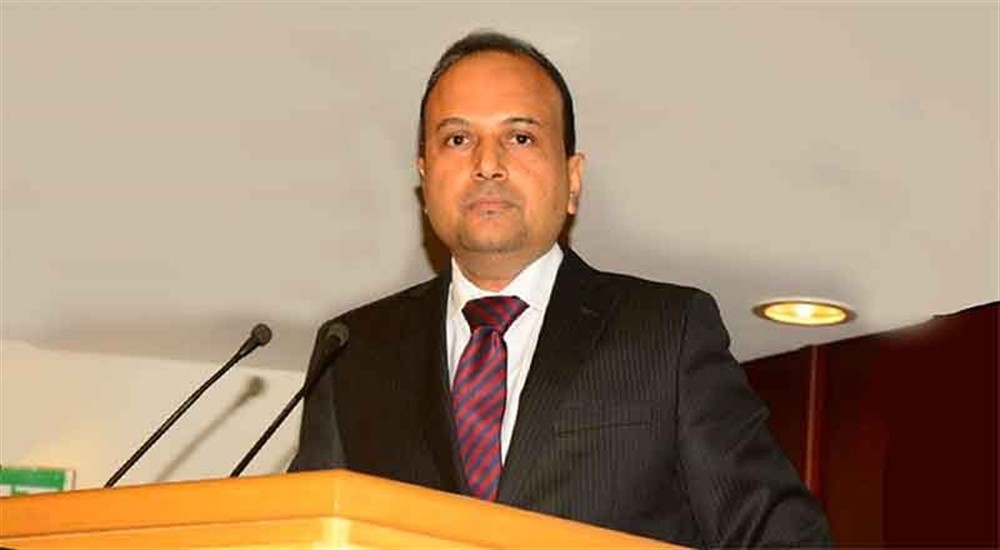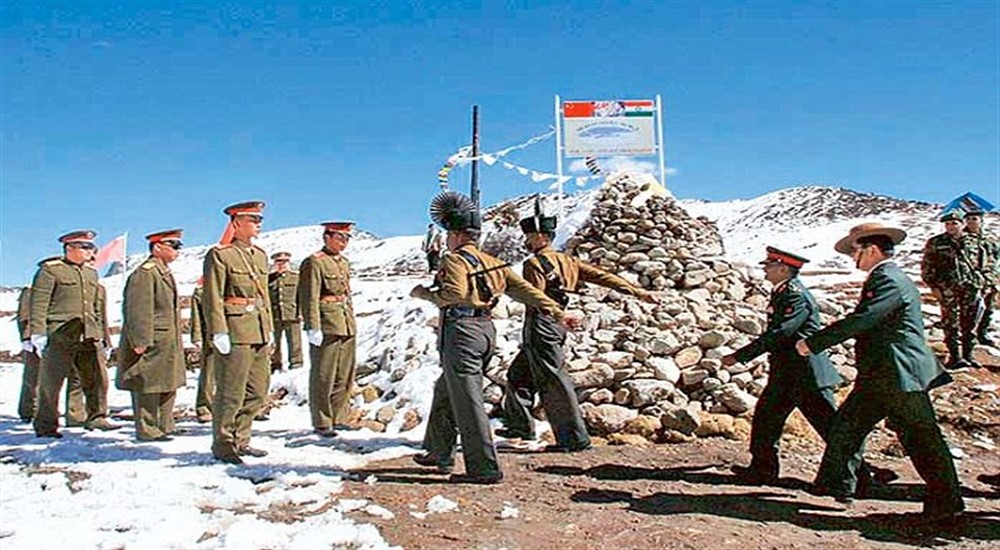The tension on Sino-Indian Border has intensified over the past few weeks, with standoff like the situation at four locations along the Line of Actual Control (LAC).
The main cause of this growing hostility is accredited to overlying claims over various territories.
The recent clashes triggered after Chinese troops deployed troops to hinder India’s construction project along the border.
Indian troops patrolling at one of the conflict points.
Image Credit:
https://www.thehindu.com/profile/photographers/Dinakar-Peri/

Border tensions have once again intensified in various areas along the Line of Actual Control between the emerging super-powers India and China.
The clashes are mistimed as the primary resources of both these stations stand engaged in battling the Covid-19 pandemic. India is planning to gradually resume its economic activities on one front while it tackles Sars-cov2 which has recently crossed 1 lakh confirmed cases. On the other hand, China is busy handling the international criticism alleging it for hiding the earlier cases of COVID- 19 and also defending itself from a probe against it tracing the origin of Coronavirus.
While it is much expected that both the countries with mutual cooperation rejuvenate their economies, the military build-up is incongruous.

The latest skirmish has also pointed out to a fiasco of measures historically and particularly the recent meeting between Indian PM Narendra Modi and Chinese President Xi Jinping in Wuhan (April 2018) and Mamallapuram (October 2019) where both the nations discussed the on building mutual trust and confidence to maintain peace in the region by the exchange of information as well as resolving disputes via negotiations and dialogue.
Although the major cause of the lack of trust between both the neighbors is a result of fundamentally two long-time disputes. Firstly, China’s support for India’s foe Pakistan economically, military aids, and diplomatic support at International forums. Secondly, claim over India’s legal territory Arunanchal Pradesh and Ladakh.
Such escalation of aggression also points out to the need of Soldier- Diplomats at border areas who can resolve such disputes and prevent aggravation.

India’s foreign ministry spokesman, Anurag Srivastava, in a statement accusing China of the recent tussle said: “All Indian activities are entirely on the Indian side of the LAC. In fact, it is a Chinese side that has recently undertaken activity hindering India’s normal patrolling patterns,” in a communique. Although no statement had come directly from any Chinese official over the scuffle.
The Chinese government ran Global Times stated in a report that Indian troops have infringed China’s sovereignty by encroaching on Chinese terrorism and further accused Indian deployment on trying to erect illicit defense provision since early May. It justified Chinese
troops movement stating it as a response to the Indian army’s movement.
Anurag Srivastava, spokesman, Foreign ministry, said India was devoted to settling border skirmish through negotiations. “The two sides have established mechanisms to resolve such
situations peacefully through dialogue. Both sides remain engaged with each other to address any immediate issues.”
Apparently, the chance of settlement is likely very desolate. The prominent areas of dispute are along with the Eastern and Western sectors. China has raised claims over an area of around 90000 sq. km covering almost the whole of the Indian state of Arunachal Pradesh. Likewise,
India has raised claimed over the Aksai Chin which constitutes of the Indian side of the former state of J&K which the Indian side lost in the 1962 Sino-India War as well as areas of PoK gifted by Pakistan to its over-friendly neighbor China. Aksai Chin covers almost 38000 sq.
km.

Formerly, there were discussions on solving the dispute by swapping the disputed territories in the 1960s and later on in 1980s but these instrument of the settlement was discarded at successive stages.
In the present-day scenario, the most pragmatic settlement that is most likely feasible would involve inconsequential alteration on both sides of Line of Actual Control (LAC) as neither of the states would be willing to apart from their territories.








